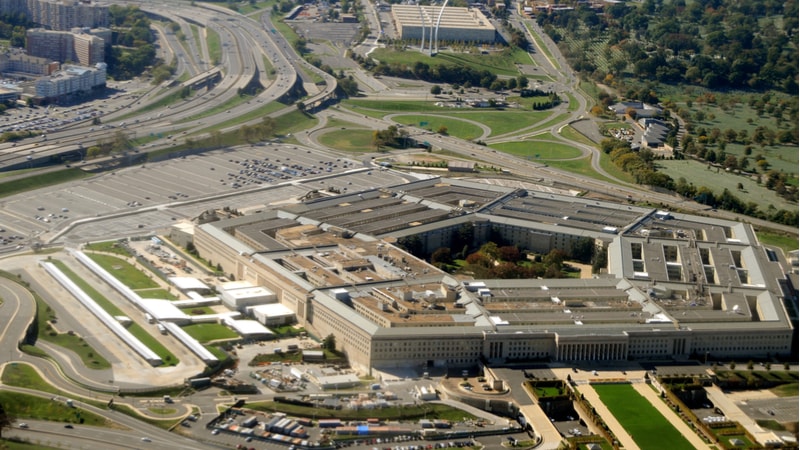
One thing Democrats and Republicans agree on: the Trump administration’s delayed defense budget has left Congress to draft a massive bill on its own with little clarity on which national security programs need funding or how the Pentagon plans to spend the money.
During a late-night House Rules Committee hearing Monday, lawmakers from both parties criticized the administration for failing to submit key documents – such as justification books – that typically accompany the president’s annual budget request and detail spending priorities.
Without them, members said, the fiscal year (FY) 2026 Department of Defense (DoD) Appropriations Act was written largely in the dark.
“This bill was drafted under unprecedented circumstances without the benefit of timely and complete justification materials that typically accompany the President’s budget request,” said Rep. Ken Calvert, R-Calif., who chairs the House Defense Appropriations Subcommittee.
Rep. Betty McCollum, D-Minn., ranking member of the subcommittee, echoed that concern, calling the situation “a huge problem.” She emphasized the complexity of the defense bill, noting that it “includes national security programs that require constant oversight to determine the proper allocation of funds.”
“We do that by reviewing the full budget request,” McCollum said. “Unfortunately, the Trump administration failed to submit the congressional budget justification books before we marked up this bill, and we still don’t have all the books yet.”
The DoD has, for the most part, released the bulk of its FY2026 budget justification books (J-books), although though several key documents remain pending. Of the military services, the Army is the only one to publicly release a full set of detailed J-books. The Air Force has released an overview, while the Navy has only published a portion of its justification materials.
Falling in line with the Trump administration’s FY2026 defense budget request –released late last month – lawmakers introduced an $831.5 billion defense appropriations bill.
President Trump’s FY 2026 national defense budget calls for $1.01 trillion in total funding — an increase of 13 percent over the FY 2025 enacted levels. Of that total, $848.3 billion is allocated for the DoD’s discretionary budget, and $113.3 billion will be provided through mandatory reconciliation funding, totaling in $961.6 billion.
House Defense Bill Includes Key Tech Provisions
Despite bipartisan frustration over the budget delay, divisions quickly resurfaced over key provisions — chief among them President Trump’s Golden Dome missile defense initiative aimed at countering ballistic, hypersonic, and cruise missile threats.
The bill includes $13 billion for related missile defense and space programs to support Golden Dome, with another $25 billion in the recent reconciliation spending measure earmarked for the project.
The administration estimates the full cost of Golden Dome at $175 billion and expects the systems to be operation by 2028.
“When we talk about Golden Dome, people tend to focus on the name … instead of what we actually have to do,” said Rep. Austin Scott, R-Ga., who defended the investment. “The weapon systems today are significantly faster than the weapons that our current systems were built to defend us from.”
Rep. Calvert added: “That’s the reason why we’re developing the Golden Dome – because the systems we have presently are not adequate to protect the homeland.”
But Democrats remain unconvinced. “Golden Dome at this point is merely a concept, not a plan,” said McCollum. “None of us have been briefed in detail on how the administration intends to spend $175 billion or deliver [the system] in three years … We don’t know how the money for Golden Dome will impact future defense bills.”
Meanwhile, the bill mirrors the DoD’s budget request by including a 3.8 percent increase in basic pay for all military personnel, effective Jan. 1, 2026.
Though short on specifics, GOP lawmakers also signaled support for boosting military drone use. The bill offers few details, but hints at FY2026 funds to accelerate unmanned system acquisition – echoing a recent directive from Defense Secretary Pete Hegseth after a June 6 executive order prioritizing U.S. drone dominance.
“Drones have changed the battlefield, both large drones and small drones,” said Calvert. “It’s no time for us to waste.”
